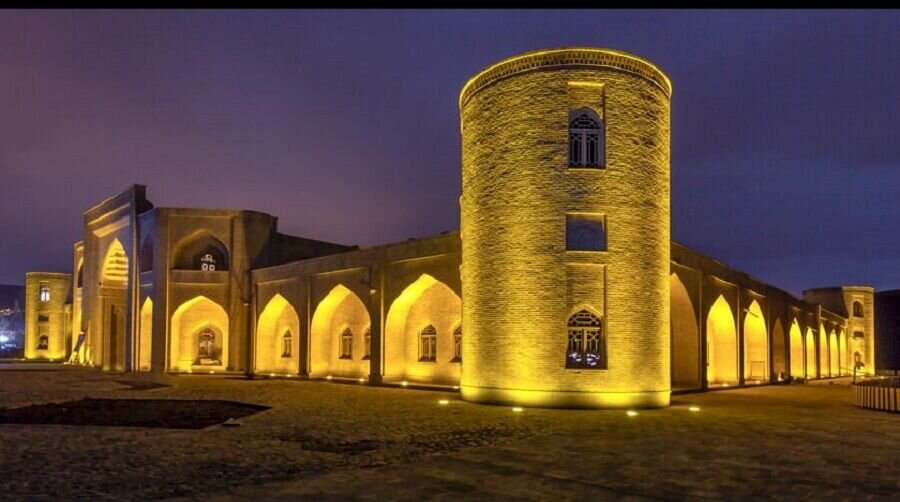East Azarbaijan caravanserais made shortlist for collective UNESCO tag

TEHRAN –Four caravanserais, scattered across the northwestern East Azarbaijan province have recently received cultural heritage experts’ preliminary approval to join the shortlist of historical Iranian caravanserais being prepared for a possible inscription on the UNESCO World Heritage list.
The architecture style and the location of the caravanserais in this province are different from the others in the country, so they were needed to be on the list, the deputy provincial chief has said.
The list includes Ilkhanid era (1256–1353) Yam caravanserai, near the city of Marand, which has turned into a traditional accommodation center and has been inscribed on the National Heritage List.
As one of the rare mountain caravanserais, Goyjeh-Bell Caravanserai is also on the list. Located near the provincial capital of Tabriz the Safavid-era (1501–1736) structure has been designed for mountainous and cold regions with hard and snowy winters.
The other Ilkhanid era caravanserai of Jamalabad is also among the entries. The caravanserai, which was collapsed completely, was reconstructed during Safavid era.
The list also includes Khajeh Nazar Caravanserai in Jolfa, which was built by the order of the famed Safavid king, Shah Abbas I (1571-1629).
Last year, the tourism ministry announced that Iran is developing a dossier for a selection of its historical caravansaries for a possible inscription on the UNESCO World Heritage list.
In this regard, cultural heritage experts are assessing such monuments that are scattered across the country to make a shortlist in terms of their architecture, historical and cultural values.
Caravansary is a compound word combining “caravan” with “sara”. The first stand for a group of travelers and sara means the building. They often had massive portals supported by elevated load-bearing walls. Guest rooms were constructed around the courtyard and stables behind them with doors in the corners of the yard.
Iran’s earliest caravanserais were built during the Achaemenid era (550 -330 BC). Centuries later, when Shah Abbas I assumed power from 1588 – to 1629, he ordered the construction of network caravanserais across the country. For many travelers to Iran, staying in or even visiting a centuries-old caravanserai, can be a wide experience; they have an opportunity to feel the past, a time travel back into a forgotten age!
ABU/MG
Leave a Comment